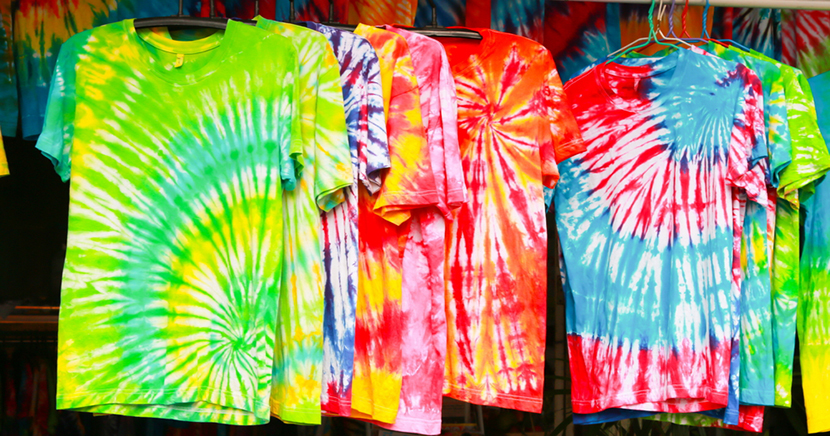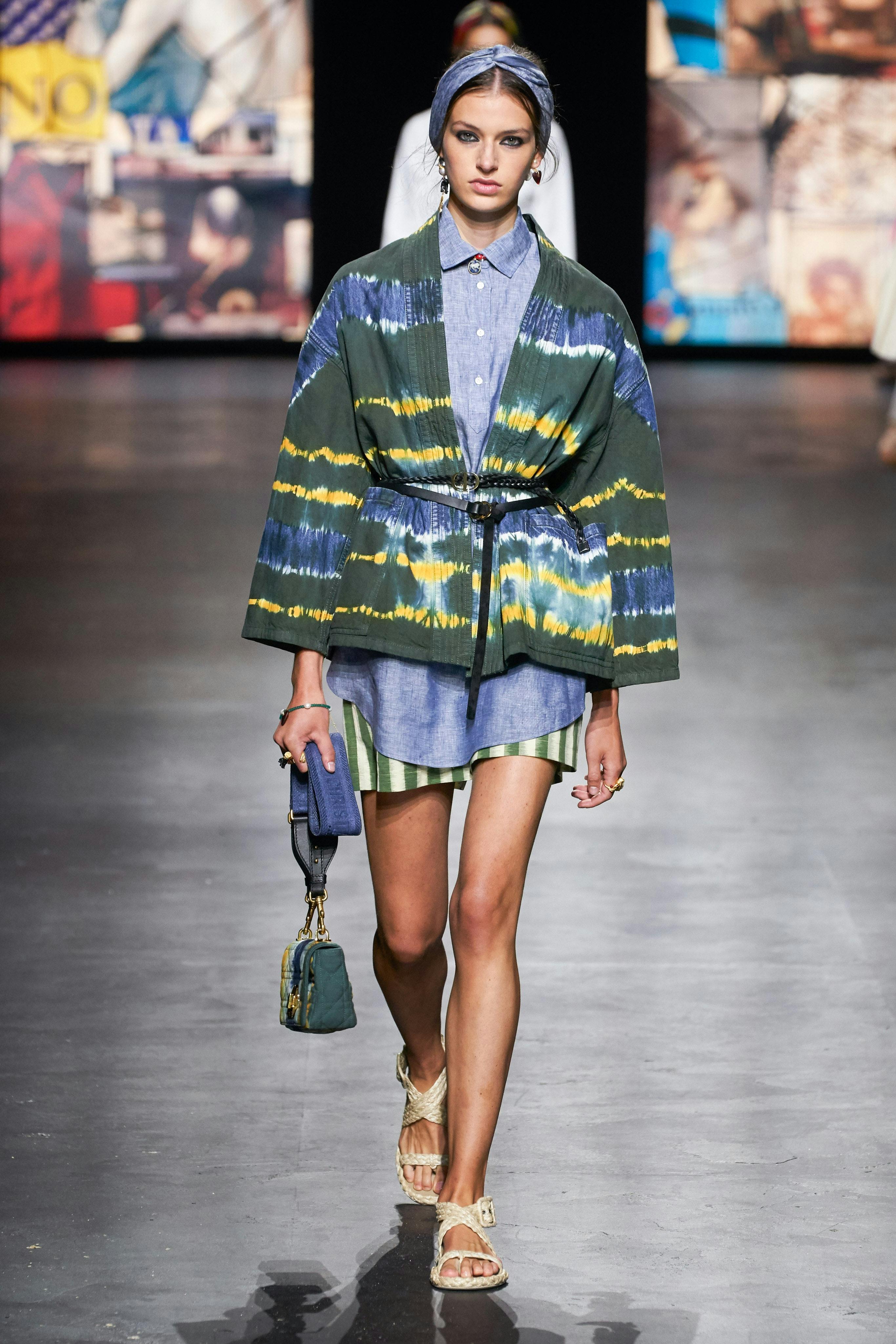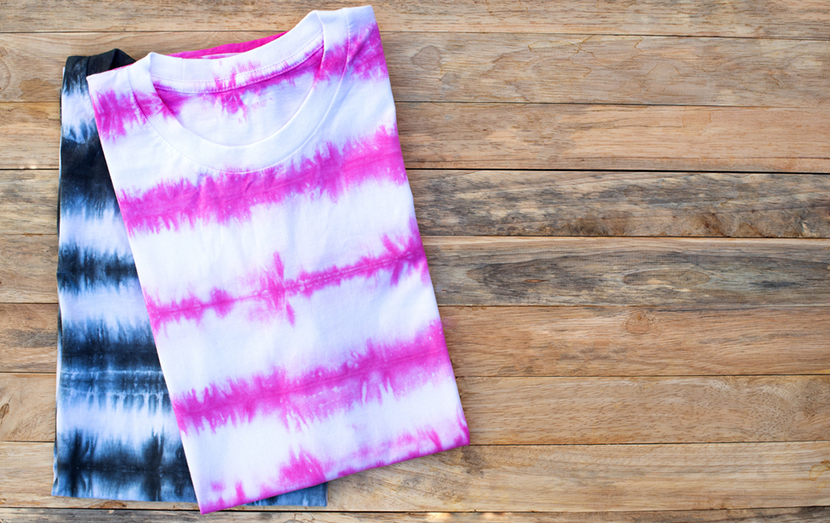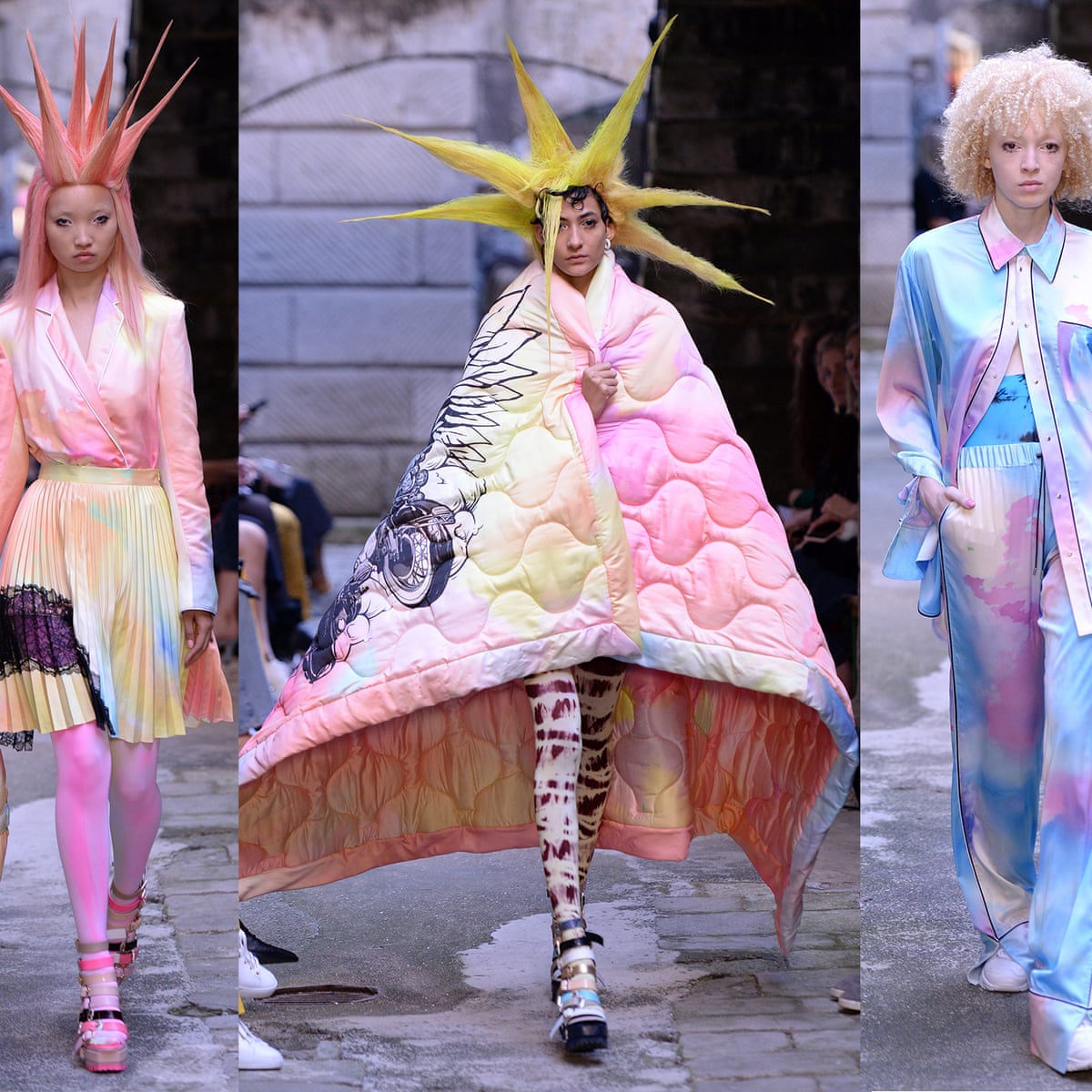tie dye fashion history
17It is thought the practise was popularised in America in the late 60s by the Peace Corp volunteers returning from West Africa. 16There is the issue of where the tie and dye process originated from.

The Entire History Of The Tie Dye Shirt Updated July 2020 The Adair Group
Once again a major fashion trend the historic origins of tie-dye trace way back to the traditional color dyeing techniques used for centuries in countries such as India Japan Indonesia and Peru.

. As a matter of fact the foundation of what hippies wore particularly in the beginning was similar to Beatnik or early Mod fashion. The Osogbo people claim it is theirs in alignment to the story of how Osogbo got its name from the Goddess of. It was a form of artistic expression as well as protest for the hippie psychedelic generation who were free spirited and uninhibited during this difficult time in American history.
Tie-dye clothing was once emblematic of the counterculture youth. Wherever a resistance to the dye was leaves a pattern. 3In earlier centuries the process was not called tie-dye but came to be known as that because of the process of tying off sections of garments with string or rubber bands to make unique pattern designs.
Tie-dye was not invented in the 60s although the term was. The high point of tie-dye culture came in roughly 1970 around the time of a Time Magazine article on the style which attributed the fashion to the flower children of California and. Much like a fingerprint.
Many of the symbols youll see in African tie-dye come from the various cultures in Africa. 1604162021 by Carmenlucia Acosta. 131960s hippie fashion wasnt always flares and tie dye shirts.
Normally we use strings and wood strips squares and chopsticks to tie parts of the fabric so that they will not absorb dye giving the fabric a streaked or mottled look. Tie-dye quickly became a trend and could be seen on the streets and on television. I have a lot of stuff planned and am open to suggestions.
Some original tiedye designs made on silk or rayon however were considered fashionable artwork and sold at high prices in designer boutiques. Look up hippie Halloween costumes and youll find a great many of them start with a tie-dye t-shirt. The late 1960 to early 1970s is when tie-dye was first popularized in the United States.
For centuries African artists have used the tie-dye technique to produce vivid fabrics for garments and home decor. Color palettes were toned down patterns if. 13Tie-dye is a term used to describe a number of resist dyeing techniques and the resulting dyed products of these processes.
While tie dye is one of the most ancient forms of decorating clothwith roots in India Japan Indonesia and West Africaaccording to Amber Butchart fashion historian and creator of A Stich in Time its current incarnation is reminiscent of. 24Tie-dyeing is one of the post-weaving physical resist-dyeing techniques using binding and compression to create patterning in textiles. The manipulations of the fabric before the.
The earliest written records about tie-dye come from China and Japan. Craft Fashion History How Tie-Dye Went from Ancient Art Form to Trendy Fashion. The process of tie-dye typically consists of folding twisting pleating or crumpling fabric or a garment before binding with string or rubber bands followed by the application of dye or dyes.
The anti-war movement at the time created a high demand for colored flashy and extravagant clothing to represent defiance from authority. Nearly every culture in the world has a different version of tie-dye but it seems most. To transport ourselves back to the 1960s and 70s in America we can look to the vibrant peace signs frayed tie-dye shirts puffed sleeves medallion necklaces and loungewear that men and women used to wear.
Because of the manual process of tie-dyeing no two designs are exactly the same. Tie-dye zha ran Ⱦ As the name shows the tie-dye process can be divided into two parts first tie and then dye. Beginning with a base fabric intricate patterns are deftly created by winding or tying string or small strips of grass to form a resist.
I think some tie-dyes are beautiful. Tie-dye became a mainstream fashion starting in the 1990s. These examples of tie dye fabric are from the same supplier.
Tie-dye has a history of 1500 years in China and. Tie and Dye is also a resist method of decorating fabric whereby material is tied or sewn in random or specific pattern arrangements sometimes using stitching which is removed after dyeing. This basic hand process involves binding or tying a raised portion of whole cloth with thread string twine raffia rubber bands rope or other linear materials to reserve or protect areas from receiving dye penetration during a vat.
The history of tie-dye in under 2 minutesSubscribe for more fashion facts and more. 22Tie-dye has been used in the United States since the early 20th century writes Simon-Alexander as a way for women to mimic French fabric styles or revivify old clothes. The history of tie-dyed shirts dates back to ancient China though many people still associate them with Woodstock and the hippie lifestyle from the 1960s.
The process was used during the Tang Dynasty in China and the Nara Period in Japan as far back as the 6th century. So tie-dye became synonymous with the counterculture movement and was a way of unashamedly signalling non-conformism in a politically tumultuous America. The possibilities are endless.
In fact the process dates back to 5th century China and the earliest surviving examples from Peru are from 500 to 810 AD. 4Tie-Dye in Ancient Asia. 9Tie-dye became all the rage during the Vietnam War period when people craved peace and freedom from the starched idea of parents and authority.
Unlike the tie-dye of the 1960s this modern tie-dye was often mass-produced and sold in retail shops at large malls. 방문 중인 사이트에서 설명을 제공하지 않습니다. Dont get me wrong.
The 1960s were filled with color thanks to tie-dye. 23However looking at and studying vintage photographs reminds us that fashion can speak volumes.

From Hippies To Haute Couture The History Of The Tie Dye Trend Tie Dye Fashion
The History Of Tie Dye Hautelist
/cdn.vox-cdn.com/uploads/chorus_asset/file/19056453/GettyImages_1157598120.jpg)
Tie Dye Why It S Back In 2019 Vox

Tie Dye Is Making A Major Comeback Right Now Here S Why
Tie Dye Is One Of The Biggest Fashion Trends For 2019
/cdn.vox-cdn.com/uploads/chorus_asset/file/19056406/GettyImages_1159258230.jpg)
Tie Dye Why It S Back In 2019 Vox

Tie Dye Is A Major Fashion Trend For 2019

The Entire History Of The Tie Dye Shirt Updated July 2020 The Adair Group

Tie Dye For How To Give Old Clothes A Radical Makeover Video Fashion The Guardian

Posting Komentar
Posting Komentar